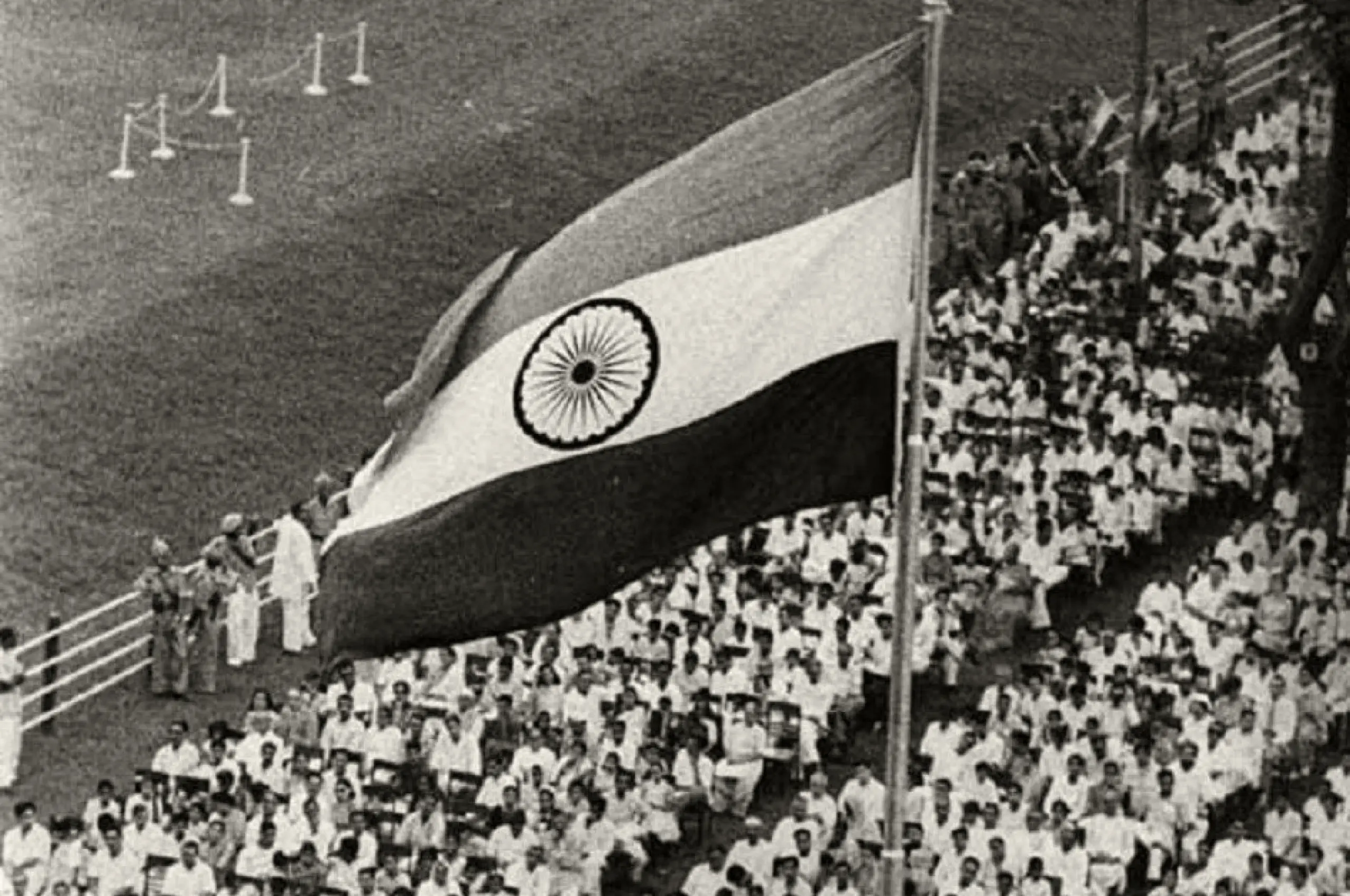
India’s struggle for independence is a remarkable story in global history that demonstrates how a determined nation overcame colonial rule. The struggle for independence lasted for many years and was marked by nonviolent protests, movements, and sacrifices, but it was ultimately successful in giving birth to a new country that altered the political landscape of the entire world!
The Seeds of Discontent
As the 15th century dawned, European powers like the Portuguese, Dutch, French, and British undertook the task of establishing trading outposts and colonies throughout India. These initial interactions played a pivotal role in laying the foundation for the subsequent colonisation by the British East India Company.
Trading activities eventually turned into the exploitation of India’s resources and people. Unfavourable economic policies, cultural insensitivity, and an apparent apathy for Indian traditions stoked public unrest. This dissatisfaction sowed the seeds of opposition, which later grew into a wide-ranging struggle for liberty.
Early Movements and Leaders
Remarkable individuals dominated India’s struggle for independence in the late 19th century. In their writings and speeches, leaders like Dadabhai Naoroji, Bal Gangadhar Tilak, and Bipin Chandra Pal fiercely criticised the oppressive nature of British authority while promoting the idea of self-governance by the sentiment, “Swaraj is my birthright, I shall have it.”
A platform for coordinated action was made available with the founding of organisations like the Indian National Congress (INC) in 1885, laying the foundation for the succeeding wave of mass mobilisation.
The Revolt of 1857 — A Turning Point
Often referred to as the Sepoy Mutiny or the First War of Independence, the Revolt of 1857 stands out as one of the first notable acts of resistance against British rule. This revolt, despite being eventually put down, signalled a significant turning point in India’s struggle. The ability for Indians to stand together in opposition to a shared oppressor was demonstrated, and it shed light on the underlying discontent among them.
The Rise of Mahatma Gandhi
As the 20th century progressed, Mohandas Karamchand Gandhi, well known as Mahatma Gandhi, emerged as a pivotal figure whose nonviolent resistance ideology influenced the trajectory of India’s struggle for independence. His teachings on ahimsa (nonviolence) and satyagraha (truth-force) developed into powerful tools in the fight against injustice. Numerous Indians adopted civil disobedience, refused British goods, and took part in nonviolent protests under Gandhi’s leadership, greatly weakening the foundations of British colonial rule.
Salt March and Civil Disobedience Movement
The Salt March, also known as the Dandi March, which took place in 1930, is considered one of the most illustrious incidents in India’s struggle for freedom. Gandhi led a group of thousands of Indians who travelled more than 240 miles to the Arabian Sea’s coasts to protest the British government’s salt tax. This symbolic act of revolt captured the attention of the entire globe and highlighted the unfairness of British economic policies.
The Salt March was a precursor to the larger Civil Disobedience Movement, which involved nonviolent actions of resistance by citizens of India. Numerous people were arrested and detained as a result of the regular occurrence of protests, work stoppages, and product boycotts. Despite this, the movement demonstrated the cohesiveness and tenacity of the Indian populace, fostering a sense of unity that transcended regional, religious, and cultural boundaries.
World War II and Quit India Movement
India’s desire for independence suffered significantly as a result of the onset of World War II. Widespread resentment was caused by the British decision to involve India in the battle unilaterally and without consulting Indian leaders. In response, the Quit India Movement was launched in 1942, calling for the immediate abolition of British rule. Despite facing violent repression, the movement further up its demand for autonomy and emphasised the pressing need for India’s self-determination.
The Role of Women in the Struggle
Women played a crucial role in India’s struggle for independence, working hard behind the scenes as organisers, supporters, and campaigners. Women were greatly influenced by visionaries like Sarojini Naidu, Annie Besant, and Kamala Nehru to actively participate in the fight for freedom. Their initiatives questioned accepted conventions and reaffirmed the idea that freedom was a shared goal of all Indians, regardless of gender.
Partition and Independence
As India’s struggle for independence gained momentum, the demand for a separate Muslim state gained popularity and eventually led to the partition of the Indian subcontinent in 1947. The British decision to split India and form Pakistan caused great unrest and massive migration, illuminating the complex difficulties of achieving freedom within a multifaceted nation.
India’s long-desired independence was eventually achieved on August 15, 1947, marking the end of an arduous journey. An end to nearly two centuries of colonial dominance and the beginning of a new period of self-rule and nation-building were heralded by this historic event.
Creation of a Republic
On January 26, 1950, India became a republic after the adoption of the Indian Constitution. The constitution’s drafting included significant contributions from Dr. B.R. Ambedkar.
To reduce inequality and uplift society’s most marginalised groups, land reforms and social justice measures were implemented.
Legacy
Indelible traces of India’s independence fight can still be seen today. It demonstrated the effectiveness of nonviolent protest and resistance as methods for bringing about political change. Other countries’ efforts to achieve independence were motivated by the freedom movement’s triumphant victory.
Indelible traces of India’s independence fight can still be seen today. It demonstrated the effectiveness of nonviolent protest and resistance as methods for bringing about political change. Other countries’ efforts to achieve independence were motivated by the freedom movement’s triumphant victory.
Indelible traces of India’s independence fight can still be seen today. It demonstrated the effectiveness of nonviolent protest and resistance as methods for bringing about political change. Other countries’ efforts to achieve independence were motivated by the freedom movement’s triumphant victory.